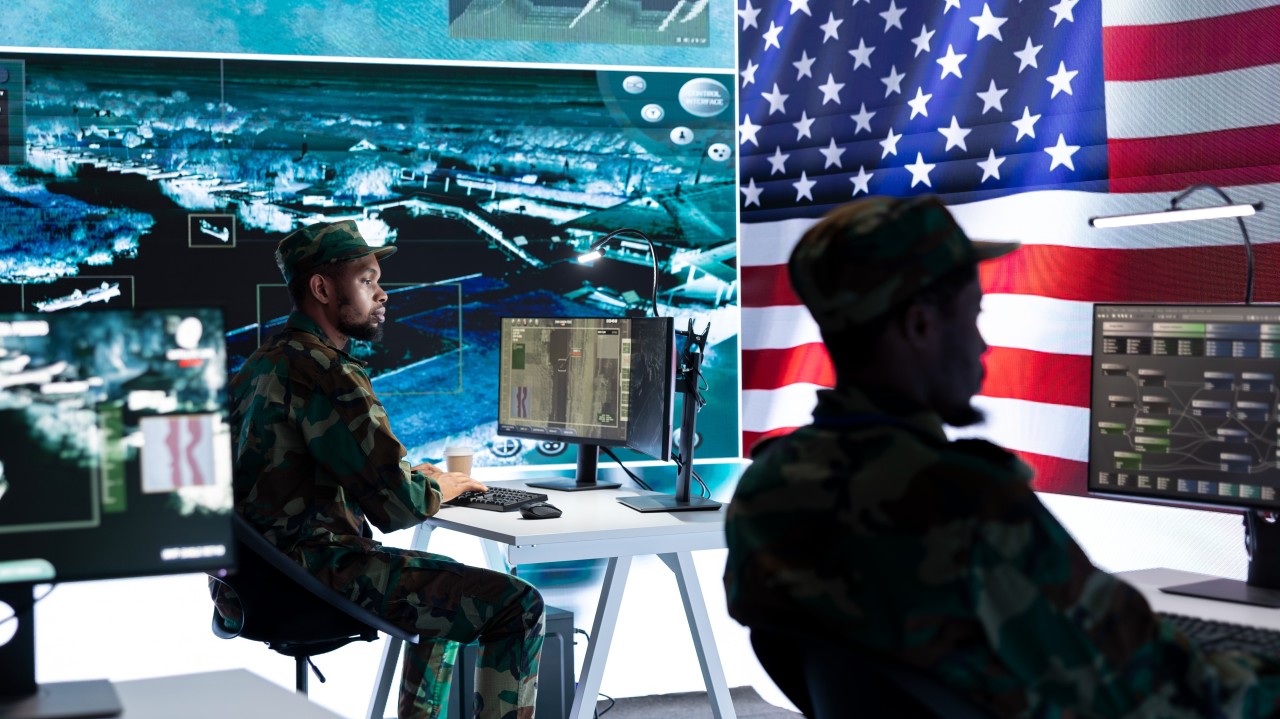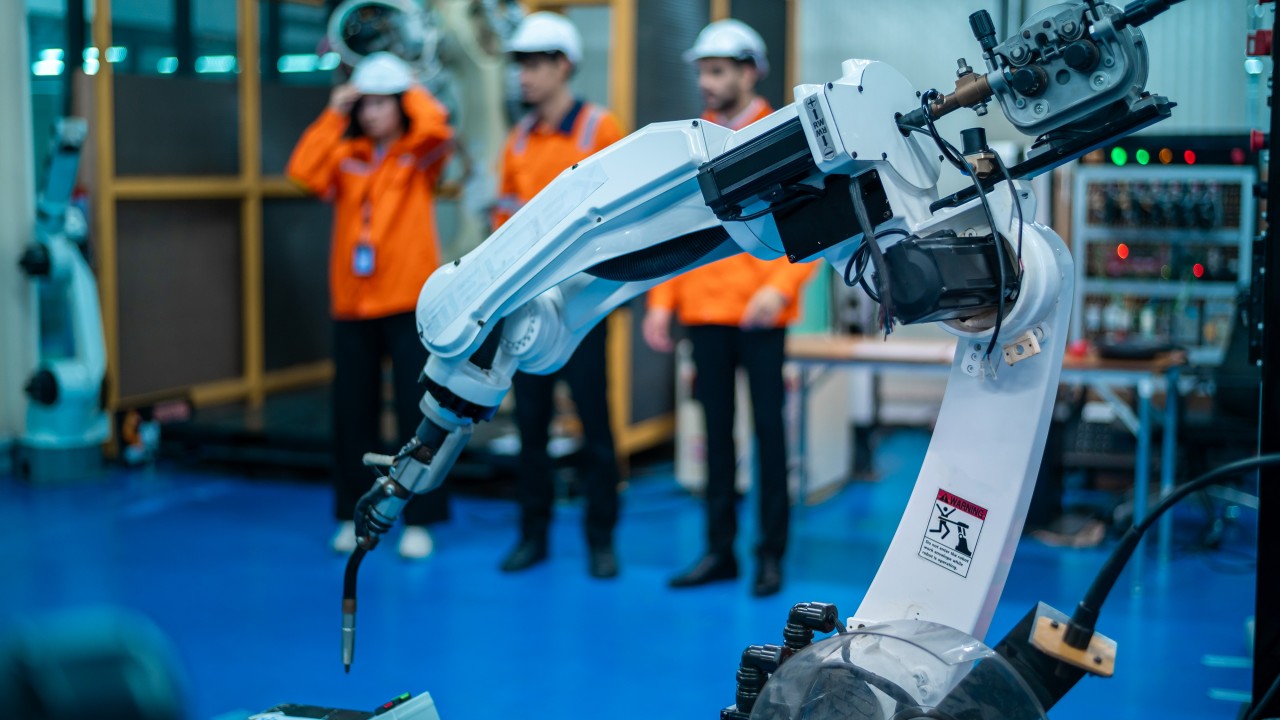
The Gamification of Enterprise Software: Transforming Business Operations and Engagement
In the ever-evolving landscape of business technology, gamification has emerged as a powerful strategy for enhancing enterprise software. By incorporating game-design elements into business processes, organizations can drive employee engagement, improve productivity, and foster a more dynamic work environment. Many organizations are not aware of how gamification can be integrated into enterprise software and the significant benefits it offers to businesses. For us it is the simple act of making daily tasks more fun. As children we would race our friends for fun, we would always want to do our best when taking a test…..and many were happy when our teachers gave us a sticker on our test.
What is Gamification?
Gamification involves applying game-like elements and principles to non-game contexts to encourage participation, engagement, and motivation. In the realm of enterprise software, gamification transforms traditional business processes by introducing elements such as points, badges, leaderboards, and challenges. These features leverage the inherent human desire for achievement and recognition to drive better performance, engagement and often motivation and pleasure.
How Gamification Enhances Enterprise Software
Boosts Employee Engagement
One of the primary benefits of gamification is its ability to increase employee engagement. By incorporating game-like elements into software, businesses can make routine tasks more enjoyable and motivating. Employees are more likely to engage with software that offers rewards, progress tracking, and interactive features.

Example: A project management tool with gamified features such as achievement badges and progress bars can motivate team members to complete tasks and meet deadlines, making project management more engaging and giving clearer goals.
Improves Training and Onboarding
Gamification can enhance training and onboarding processes by making them more interactive and engaging. Training modules that include quizzes, simulations, and rewards can improve knowledge retention and make learning more enjoyable.

Example: An employee onboarding platform that uses gamified simulations allows new hires to practice real-world scenarios in a virtual environment, accelerating their learning curve and boosting their confidence and preparedness.
Drives Sales Performance
Incorporating gamification into sales software can significantly impact sales performance. Features like leaderboards, sales contests, and achievement badges can create a competitive atmosphere that drives sales teams to exceed their targets and motivate team-mates to do better.
Example: A CRM system with built-in gamification elements allows sales teams to compete in real-time sales contests, track their progress on leaderboards, and earn rewards and bonuses for reaching milestones.
Enhances Customer Engagement
Gamification can also improve customer engagement by making interactions more interactive and rewarding. Integrating gamified elements into customer-facing software, such as loyalty programs and product demos, can enhance the customer experience and increase brand loyalty.

Example: A customer loyalty program that uses gamification features like point systems and achievement badges encourages customers to engage more frequently and participate in brand-related activities. Many retailers do this with great success such as air miles programs and your local coffee shop.
Encourages Collaboration and Teamwork
Gamified enterprise software can foster collaboration and teamwork by incorporating features that promote group achievements and collective goals. This approach can enhance team dynamics and encourage employees to work together towards shared objectives. Often times creating internal teams vs. other teams or NPCS can boost the bottom line!

Example: A collaborative project management tool with gamified elements allows team members to earn rewards for completing tasks and achieving milestones as a group, encouraging collaboration and teamwork.
Monitors Performance and Provides Feedback
Gamification can offer real-time feedback on employee performance, helping individuals and teams understand their progress and areas for improvement. This instant feedback mechanism can drive continuous improvement and keep employees motivated.
Example: An employee performance management system with gamified elements provides real-time feedback on goal achievement and progress, helping employees adjust their strategies and stay motivated.
Fosters a Culture of Recognition
Gamification can create a culture of recognition by celebrating achievements and milestones. Features such as public leaderboards and social sharing allow employees to showcase their accomplishments and receive recognition from peers.

Example: A performance management system with gamification features enables employees to share their achievements on a company-wide leaderboard, fostering a sense of accomplishment and recognition.
Streamlines Workflow and Productivity
Gamified elements can streamline workflow and boost productivity by making processes more engaging and efficient. Employees are more likely to complete tasks and adhere to workflows when they are rewarded for their efforts and progress.
Example: A workflow automation tool that incorporates gamification elements such as progress tracking and rewards for completing tasks can enhance productivity and ensure that processes are followed consistently.
Encourages Continuous Learning and Development
Gamification can drive continuous learning and professional development by making training and skill-building activities more engaging. Features like skill badges and progress tracking can motivate employees to pursue ongoing education and development.

Example: An e-learning platform with gamified elements allows employees to earn badges and certificates for completing training modules, encouraging them to engage in continuous learning and skill development.
Optimizes Resource Management
By using gamified elements to track and manage resources, businesses can improve resource allocation and utilization. Gamification can help employees better manage their time and resources by providing incentives and feedback on their performance.
Example: A resource management tool with gamification features allows employees to earn rewards for efficient resource utilization and meeting deadlines, optimizing overall resource management.
The Power of Human Motivation
At the heart of gamification lies a deep understanding of human motivation. People are driven by a variety of intrinsic and extrinsic factors—such as the desire for achievement, recognition, and progress. Gamification taps into these fundamental motivations by providing clear goals, immediate feedback, and rewarding experiences.
- Achievement and Recognition: Humans are naturally motivated by a sense of accomplishment and the recognition of their efforts. Gamification satisfies this need by offering badges, leaderboards, and rewards that celebrate achievements and milestones.
- Progress and Mastery: People enjoy tracking their progress and mastering new skills. Gamified elements like progress bars and challenges provide a sense of advancement and encourage continuous improvement.
- Competition and Social Interaction: Many individuals are motivated by friendly competition and social interaction. Leaderboards and team-based challenges foster a competitive spirit and create opportunities for social engagement.
Ultimately, businesses are made up of people, and understanding what drives these individuals is key to designing effective enterprise software. By integrating gamification, companies can align their software with human motivations, creating more engaging and productive work environments. When employees find their work enjoyable and rewarding, they are more likely to perform at their best, driving overall success for the organization.
Gamification offers a range of benefits for enterprise software, from boosting employee engagement to enhancing customer interactions and optimizing processes. By incorporating game-design elements into business software, organizations can create a more engaging and motivating environment that drives better performance and fosters a positive culture. As businesses continue to seek innovative ways to improve their operations and drive growth, gamification stands out as a powerful strategy for transforming enterprise software and achieving long-term success. Understanding and leveraging human motivations ensures that these gamified elements resonate with employees, making them more likely to engage, perform, and contribute to the organization’s success.





